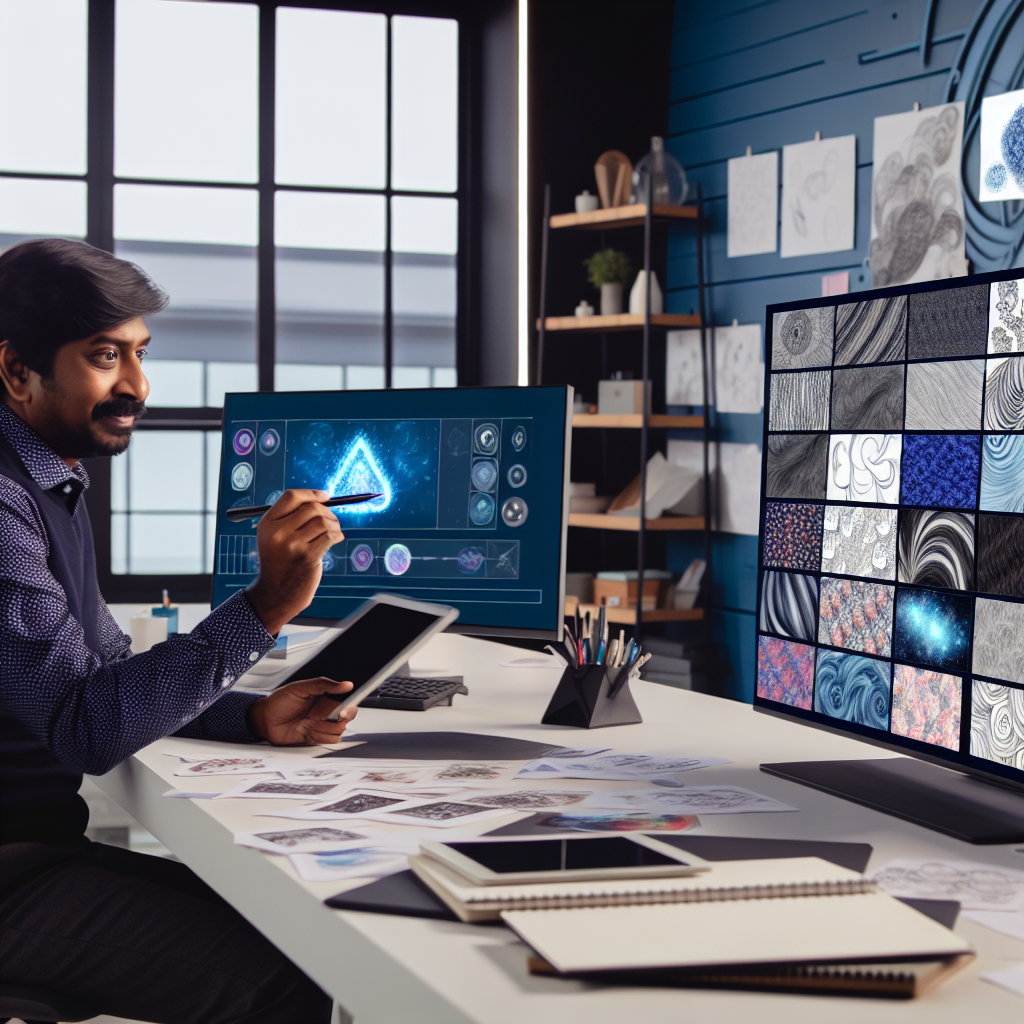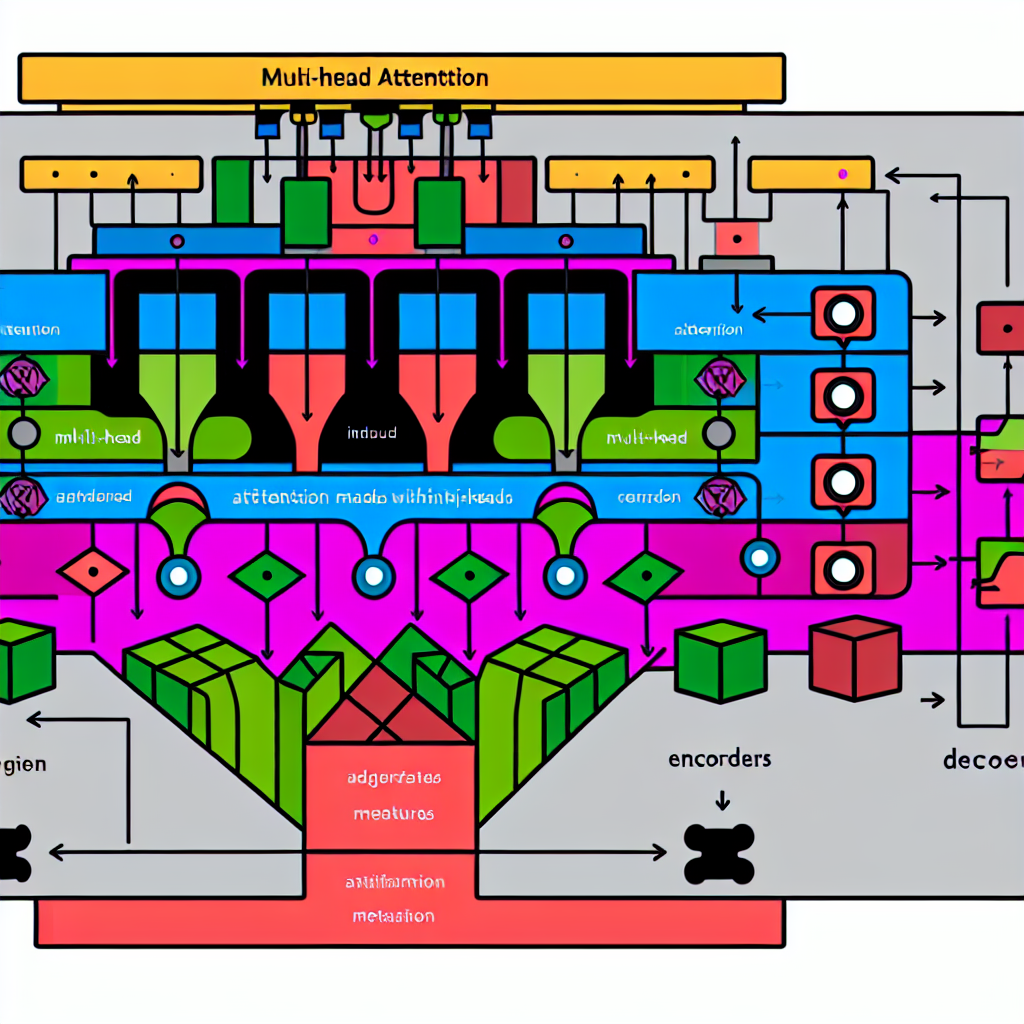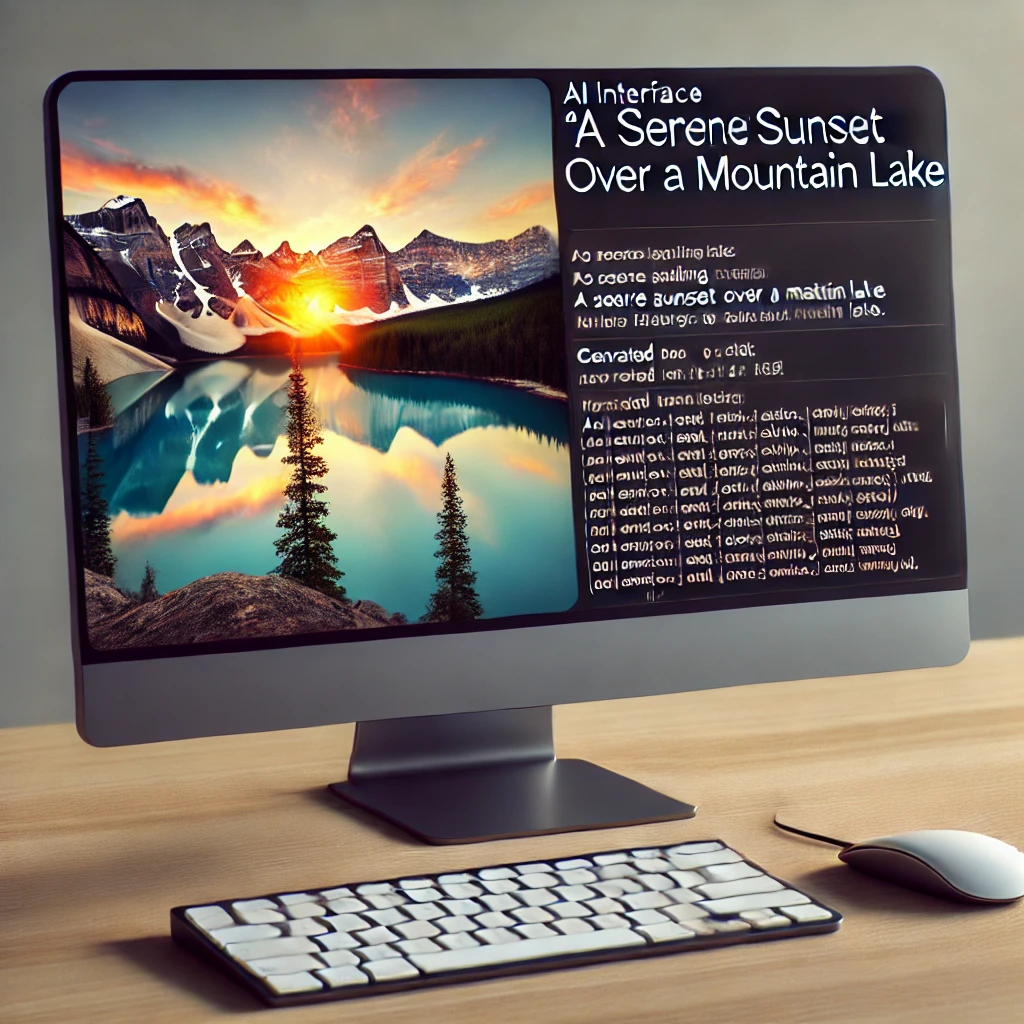AI’s Creative Comeback: How Artificial Intelligence is Changing Art in 2025
AI art generation is turning heads in the creative world. Not long ago, most folks thought of art as a purely human thing—brushes, hands, emotion. But now? Machines are painting, composing, and designing right alongside us. It’s wild—and kind of wonderful.
Let’s be honest, creative tools have always evolved. Remember when Photoshop hit the scene? That changed everything. AI is just the next (very smart) step. One illustrator I talked to recently uses AI to brainstorm her mood boards. “It’s like brainstorming with someone who’s read every design book ever,” she said. That stuck with me.
- Co-Creating With Machines
- Mass Customization Is Here
- Breaking Into the Industry With AI
- Music and Performing Arts
- What AI Still Can’t Do
- The Big Ethical Elephant
Co-Creating With Machines
AI isn’t taking over. It’s showing up with a sketchpad and saying, “Wanna jam?” Tools like DALL·E, Runway, and MidJourney help artists test styles and blend concepts fast. It’s like having ten creative interns who never get tired—but you’re still the boss.
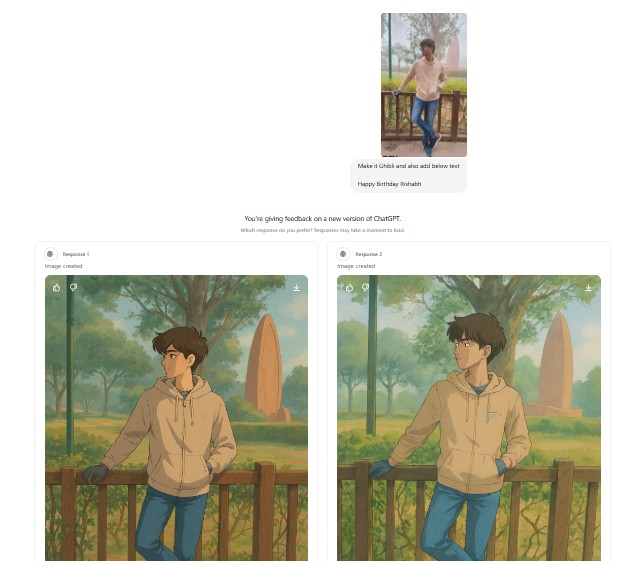
Some creatives are cautious. And fair enough. There’s a learning curve. But once they see how AI can handle tedious stuff—color matching, resizing, even suggesting improvements—they’re hooked. It’s not about replacement. It’s about freeing up brain space.
Mass Customization Is Here
This one’s big. With AI, you can design personalized content at scale. Let’s say you run an art store. You can send different poster designs to different users based on what they’ve browsed. You couldn’t do that by hand. Now it’s automatic.
One brand used AI to make 20+ ad versions from one concept. Each felt like it spoke to a specific group. That’s real connection, not cookie-cutter marketing.
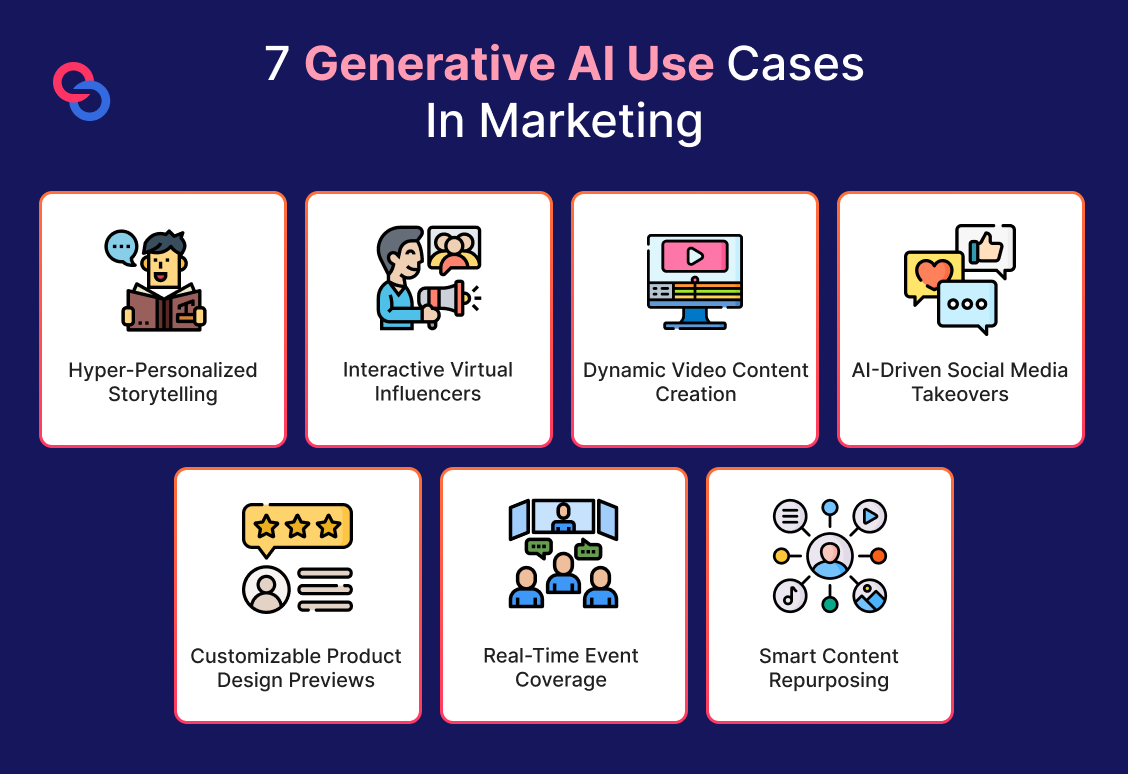
Breaking Into the Industry With AI
Here’s a feel-good part: AI’s breaking down the gatekeeping. You don’t need fancy credentials to create anymore. A 17-year-old with curiosity and internet access can learn Stable Diffusion, whip up a portfolio, and start freelancing. That’s amazing.
Even pros are learning new tricks. Some agencies now train staff on AI tools during onboarding. It’s part of the job description—and a career boost.
Music and Performing Arts
Visual art isn’t the only field buzzing. Musicians are collaborating with AI to compose tracks, tweak harmonies, and even stage performances. Björk, for instance, is exploring AI-enhanced concerts where sound reacts to audience mood. Imagine a concert that plays differently based on how the crowd feels. That’s emotional tech.
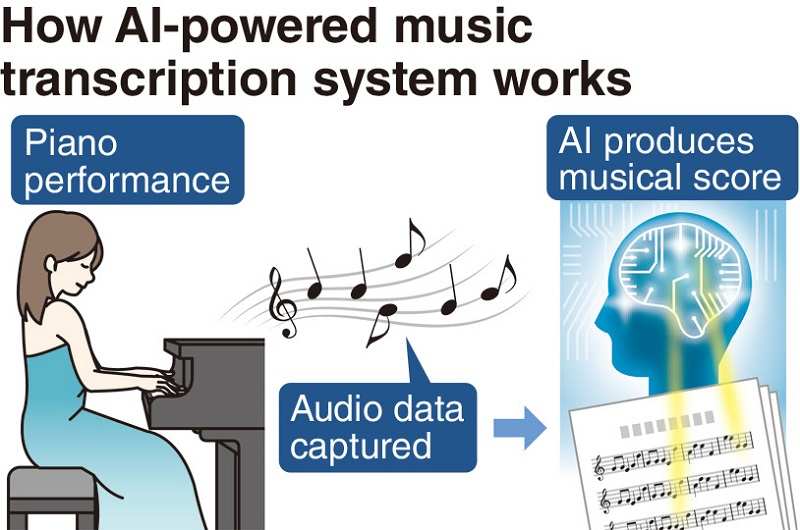
What AI Still Can’t Do
Let’s not get carried away. AI has blind spots. It struggles with originality. Sure, it can remix a million images into something “new,” but it can’t feel heartbreak or dream up a world out of nowhere. It’s good with patterns—not purpose.
And it still messes up. I once saw a generated image of a violin that had seven strings and two necks. Impressive, but… not useful. Human review isn’t optional. It’s essential.
The Big Ethical Elephant
This topic’s heating up. Who owns AI art? The user? The toolmaker? Nobody? Copyright law hasn’t caught up, and that’s a mess. Some artists are furious that their styles were scraped to train AI. Others don’t mind, as long as there’s credit and control.
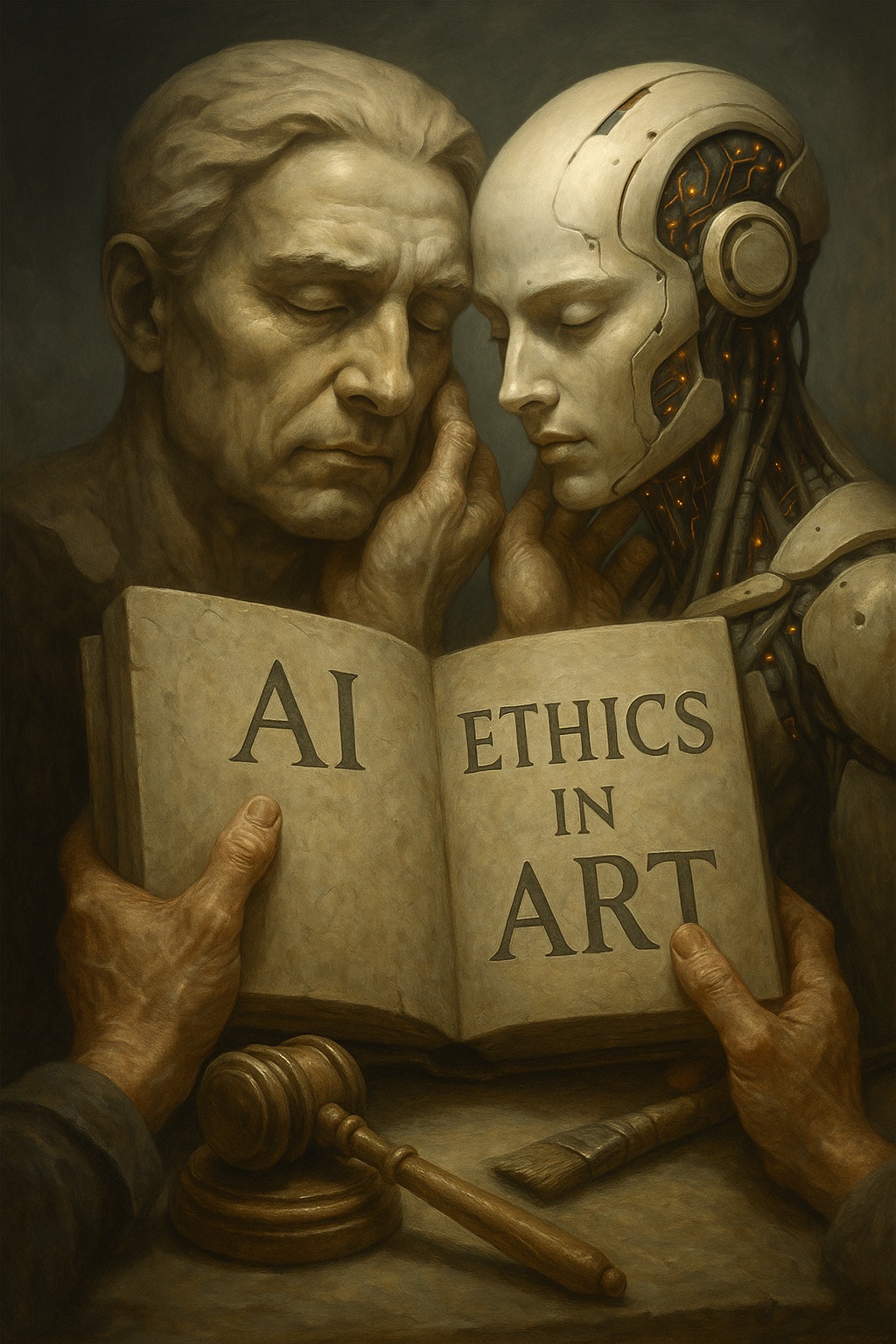
We need clearer rules. Transparency. Maybe even consent systems for training data. Because without trust, this tech won’t last in the art world.
Frequently Asked Questions
Is AI art cheating?
Not really. It’s a tool. Like a camera or a brush. What matters is how you use it.
Can AI replace human creativity?
Nope. It supports it, sure. But inspiration? That still comes from people.
Do artists need to learn AI?
You don’t have to, but it helps. Knowing what AI can (and can’t) do makes you sharper.
How do you make money with AI art?
Sell prints, take commissions, license assets, or teach others how to use these tools. Lots of options.
Is AI bad for art?
Only if we let it replace thinking. Used right, it makes art more accessible and fun.
Final Thoughts
If you’re in the creative world, AI isn’t coming for your job—it’s offering you new tools to push boundaries. Treat it like a partner, not a rival. Ask questions. Experiment. Laugh at the weird results. And most of all? Keep making things that only a human heart can imagine.
Want more ways to level up your creative process? Browse the GenAI category for stories, tools, and tips from folks in the field.

